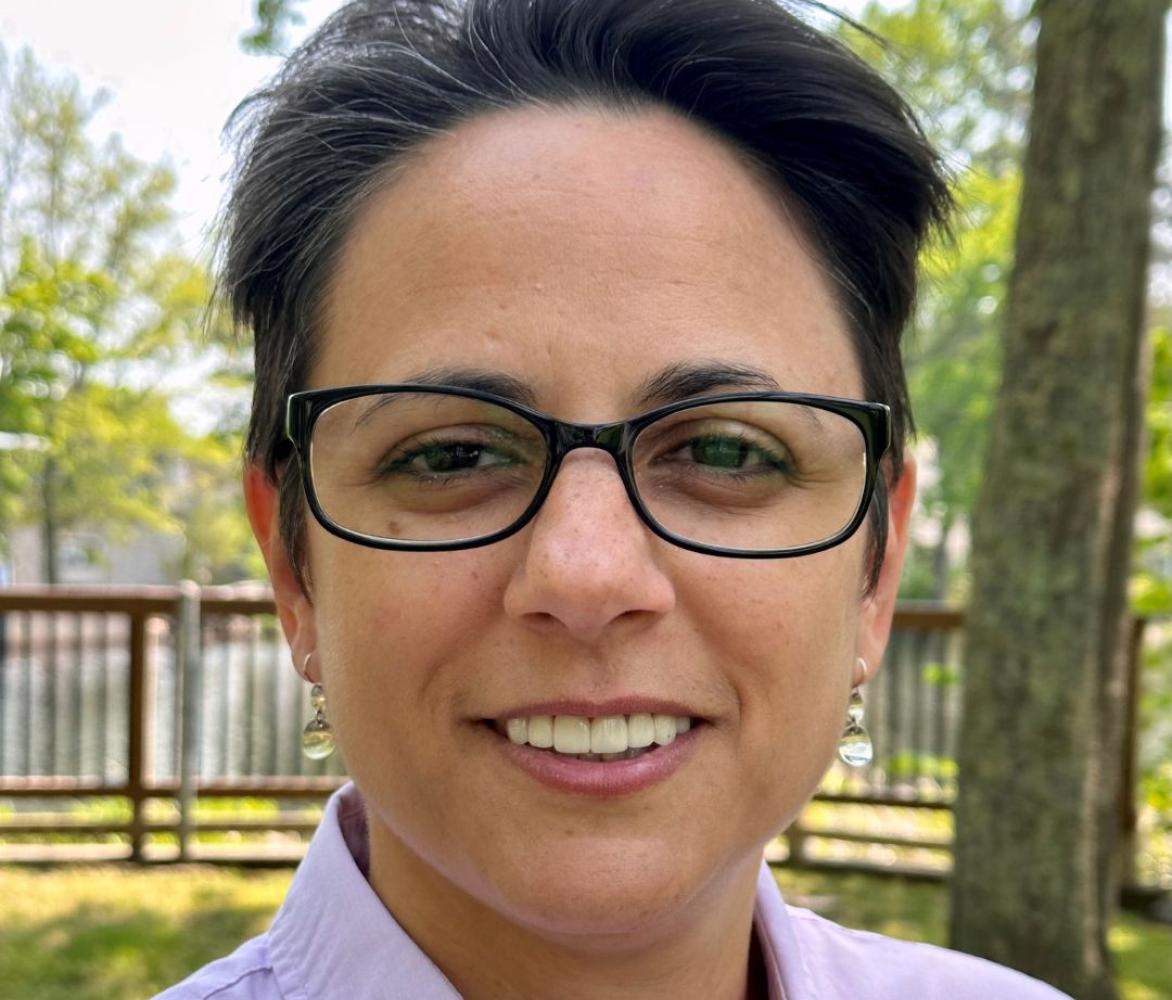Laura
Blake
Laura Blake has more than 20 years of experience in leading scientific programs and research in the environmental science and policy domain. She has deep expertise in surface water quality restoration and protection and has spent her career designing and implementing scientific studies to support efforts to protect human health and aquatic environments. She has significant knowledge of Clean Water Act rules and regulations and has extensive experience supporting federal and state regulatory programs with implementation of and compliance with the federal Clean Water Act.
Blake has extensive experience as a program manager and technical leader on large federal and state contracts, including ten years managing Cadmus’ major technical support contract with the U.S. Environmental Protection Agency Office of Wetlands, Oceans, and Watersheds. Blake has managed and worked on hundreds of projects related to water quality standards, water quality monitoring, assessment of water quality conditions, 305(b) and 303(d) water quality reporting, total maximum daily loads, and national pollutant discharge elimination system permitting.
Blake previously served as the Director of the Massachusetts Department of Environmental Protection’s Watershed Protection Program, was the Surface Water Section Chief for the U.S. Geological Survey’s New England Water Science Center and provided technical and regulatory support to state water quality management programs during her time at the New England Interstate Water Pollution Commission. In 2005, Blake spoke at a Congressional Briefing on The Quality of The Nation’s Water where she discussed the important role of monitoring data in providing nationwide and regional findings to support the protection of water quality.
Expertise:
- Clean Water Act implementation and compliance
- Development of water quality standards and targets
- Design and implementation of water quality monitoring programs
- Water quality data analysis, assessment, and reporting
- Watershed and water quality restoration and protection
- Development of environmental regulations, policy, and guidance
Key Projects:
- Design and Implementation of Water Quality Monitoring Program to Support Preliminary Characterization of Concentrations of Per- and Polyfluoroalkyl Substances (PFAS) in Massachusetts’ Rivers and Streams.
- 2021 Revisions to the Massachusetts Surface Water Quality Standards (314 CMR 4.00).
- Aluminum Water Quality Monitoring and Analysis to Support Implementation of Freshwater Aluminum Water Quality Criteria in Massachusetts.
- Assessments of Watershed Health and Vulnerability for California, Wisconsin, and Alabama.
- Development of Phosphorus and Sediment Watershed TMDL and Implementation Plan for the Lower Fox River Basin and Lower Green Bay, Wisconsin.
Publications:
- Besser, J., Cleveland, D., Ivey, C., Blake, L. 2019. Toxicity of Aluminum to Ceriodaphnia dubia in Low-Hardness Waters as Affected by Natural Dissolved Organic Matter. Environmental Toxicology and Chemistry (Volume 38, Issue 10).
- Blake, L.J. 2016. Recovery Potential Screening: A Tool to Support Prioritization Planning for Watershed Restoration and Protection in Massachusetts. Massachusetts Department of Environmental Protection Watershed Planning Workshop: Creating a Long-Term Vision for Assessment, Restoration, and Protection under the Clean Water Act in Massachusetts. November 2016.
- U.S. Environmental Protection Agency. 2016. State of the Science White Paper: A Summary of Literature on the Chemical Toxicity of Plastics Pollution to Aquatic Life and Aquatic-Dependent Wildlife. EPA-822-R-16-009. (Contributing author).
- U.S. Environmental Protection Agency. 2012. Identifying and Protecting Healthy Watersheds Concepts, Assessments, and Management Approaches. EPA 841-B-11-002. (Contributing author).
- Deacon, J.R., Smith, T.E., Johnston, C.M., Moore, R.B., Blake, L.J., Weidman, R.M. 2006. Assessment of Total Nitrogen in the Upper Connecticut River Basin in New Hampshire, Vermont, and Massachusetts, December 2002-September 2005. U.S. Geological Survey Scientific Investigations Report 2006-5144, 89 p.

